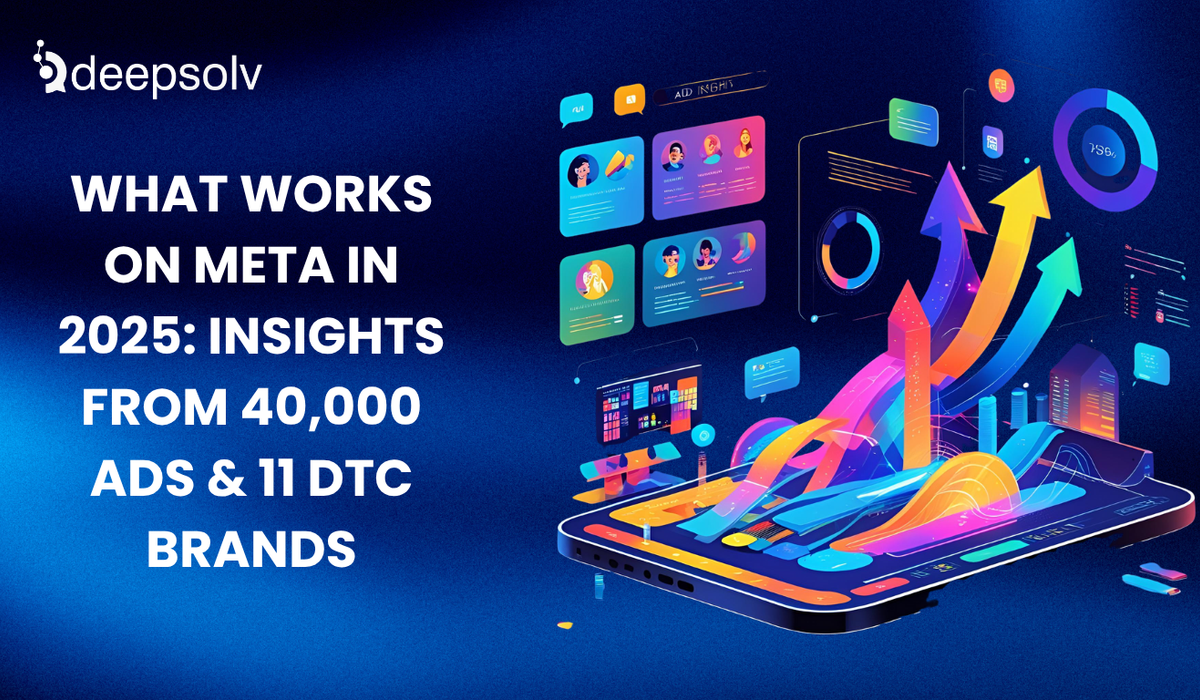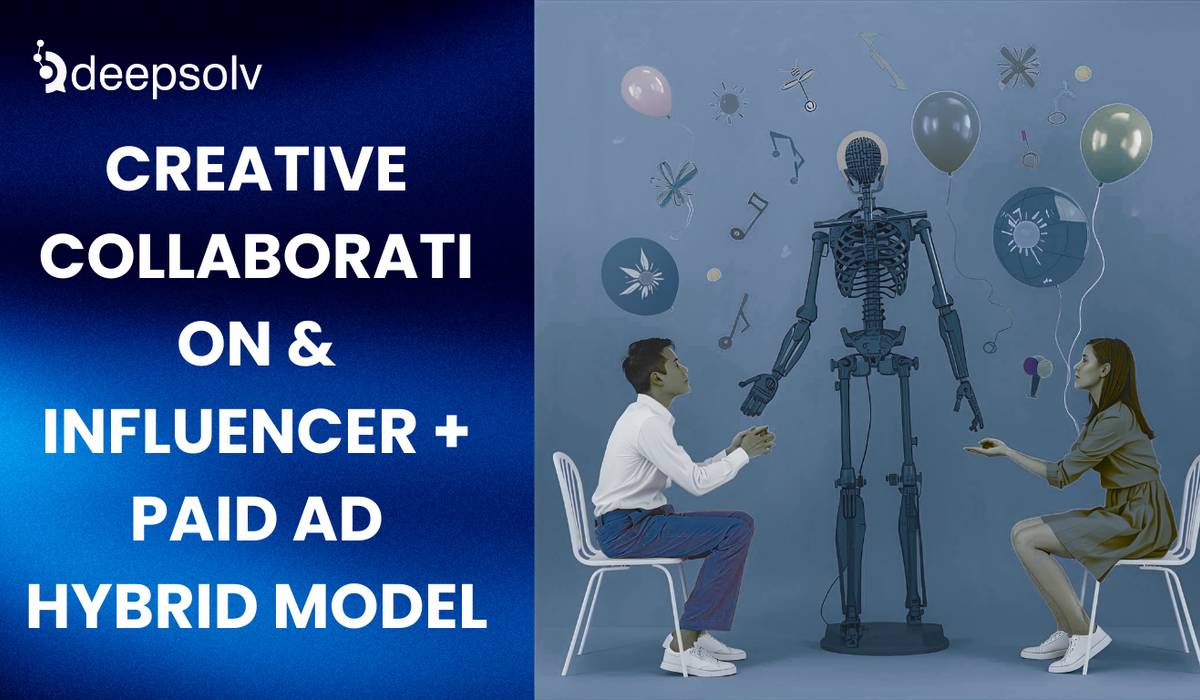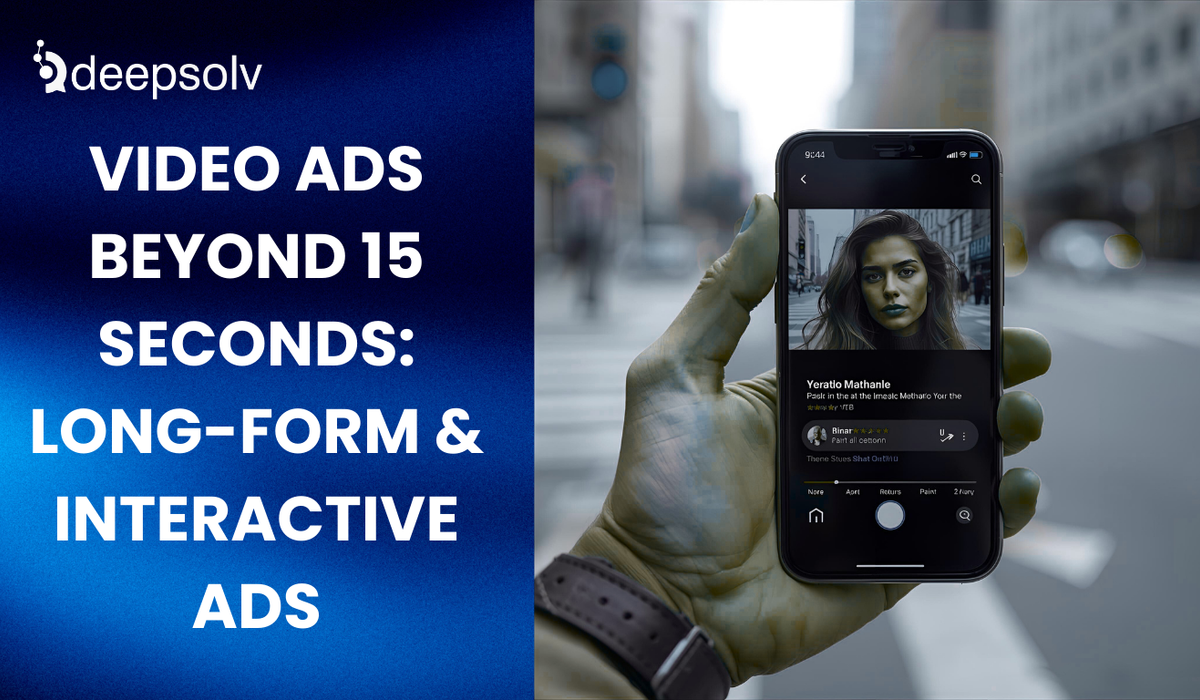What Works on Meta in 2025: Insights from 40,000 Ads & 11 DTC Brands
5 min read
Published: 7/14/2025

Introduction: The Meta Landscape Has Changed—Again
In 2025, running high-performing ads on Meta (Facebook + Instagram) isn’t about hacks. It os about systematic creative testing, deep audience understanding, and relentless iteration.
We analyzed 40,000 Meta ads from 11 leading DTC brands across skincare, fashion, fitness, and wellness to uncover what’s working now.
Spoiler: It’s not just about UGC. It’s about how that UGC is framed, sequenced, and delivered across your funnel.
This guide will walk you through:
- Top-performing creative formats (with examples)
- Ad structures that convert
- The role of automation + human insight
- Mistakes even top brands still make
Let’s decode what drives results in today’s attention-fractured Meta universe.
The Creative Formats Driving the Most Sales
Meta’s algorithm still favors engaging content, but “engaging” looks different in 2025. From our analysis:
1. Text-Led UGC > Raw Talking Head
DTC brands saw a 38% higher ROAS when they used UGC overlaid with clear, benefit-first text (e.g., "Day 5 of trying the new serum — results 👀") compared to plain talking-head UGC.
It’s not just about authenticity anymore- it’s about clarity. When brands visually call out a benefit in the first 2 seconds, engagement jumps.
2. Carousel Ads Are Back
While underutilized in 2023–24, carousels have made a comeback. Brands now use them to walk users through transformation journeys, break down product ingredients, or highlight multi-use benefits. These carousels outperformed single-image ads by 27%.
3. Hook-First Reels with Subtitles
Reels that opened with a curiosity-driven hook (“For eg: No one talks about this body wash trick…”) and burned subtitles in the first 3 seconds delivered 44% higher CTRs. Attention spans have shortened, and viewers want quick context.
Real Brand Example: Minimalist runs ad sets where creators show the live application of products while bold text overlays frame benefits like “Dermat-tested. Results in 5 days.” This combo boosted CTRs by 2.3x.
The Best Funnel Structure for 2025
DTC marketers are shifting from linear funnels to modular ad sequences- each touchpoint built to perform on its own and in context.
Top Funnel (TOF)
- Goal: Stop the scroll
- Format: Hook-first Reels, punchy meme-style statics
- CTA: “Learn more,” “Ever tried this?”
Mid Funnel (MOF)
- Goal: Build trust + deepen product understanding
- Format: Founder videos, carousel FAQs, ingredient explainers
- CTA: “Take the quiz,” “Shop the starter kit”
Bottom Funnel (BOF)
- Goal: Close the sale
- Format: Limited-time offers, bundles, retargeting with urgency
- CTA: “Shop now,” “Claim your discount”
Real Brand Example: The Derma Co. uses Reels at TOF with acne stories, carousel ads explaining niacinamide at MOF, and static “final call” creatives at BOF. Their BOF ads have an up to 6% to 7% conversion rate when paired with efficient DM follow-ups.
Media Buying in 2025: What’s Actually Working
1. Broad Targeting, Sharp Creative Segmentation
Facebook's Advantage+ campaigns are still effective—but the brands that scale do so with deeply segmented creative. Think:
- Same moisturizer, pitched to moms, runners, and teens- each with its own copy, testimonial, and visual.
Pro tip: Use ad labels in Meta Ads Manager to track which angles resonate per audience.
2. Weekly Creative Testing Is the Norm
Top-performing brands test 5–10 new creatives weekly. Iteration is baked into the calendar—not reactive.
Real Brand Insight: Many brands group creatives into 3 verticals—problem/solution, seasonal refreshes, and lifestyle UGC. This reduces creative fatigue and keeps Advantage+ campaigns efficient.
Automation + Human Insight: Finding the Balance
Brands using automation effectively aren’t replacing human insight—they’re augmenting it.
Tools like Deepsolv help DTC teams:
- Auto-segment commenters and clickers into personalized DM flows
- Surface sentiment signals from ad replies (skeptical, curious, warm lead)
- Track conversion-linked replies from Meta DMs
📌 Curious how top brands manage all this without a bloated team? Here’s how they’re saving 3x the cost by automating social media management.
The Most Common Mistakes to Avoid
- Reel-only Strategy: Over-indexing on Reels without layering statics, carousels, or testimonials led to faster fatigue and rising CPMs.
- Too Many CTAs Per Ad: Each ad should do one job. Multiple CTAs confuse. Top-performing ads in our study had 1 CTA max.
- Not Managing Comments on Ads: 25% of purchases happened after a brand replied to a comment. Brands using Deepsolv’s auto-reply + escalation workflow saw a 22% lift in conversion.
DTC Brand Snapshot: Who’s Doing It Right
- Minimalist (India): Combines bold text-led UGC with short Reels
- Derma Co.: Uses modular funnel structure and retargets with urgency
- Plum Goodness: Runs weekly creative testing across segmented angles
- Cosmix (Wellness): Captures comment sentiment, triggers DM offers → + around 18% AOV
- mCaffeine: Scales product videos with voiceovers + creator testimonials and layered DMs
Final Thoughts: Meta Still Converts, If You Evolve With It
Meta hasn’t stopped working. It’s just evolved. Creative fatigue is real. So is audience distrust. But the brands that win are the ones that:
- Test weekly, not quarterly
- Build modular, persona-led ad sequences
- Manage comment conversations in real-time
- Turn every click into a data signal using tools like Deepsolv
👉 Curious how Deepsolv fits into your Meta growth engine? Book a free call and turn every ad interaction into a conversion.
FAQs
Frequently asked questions related to this blog post



